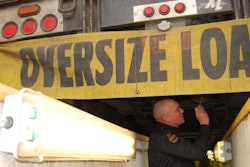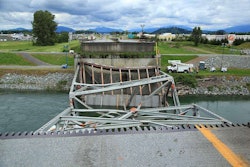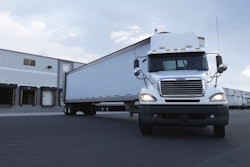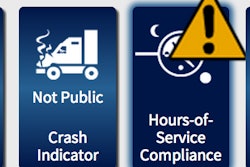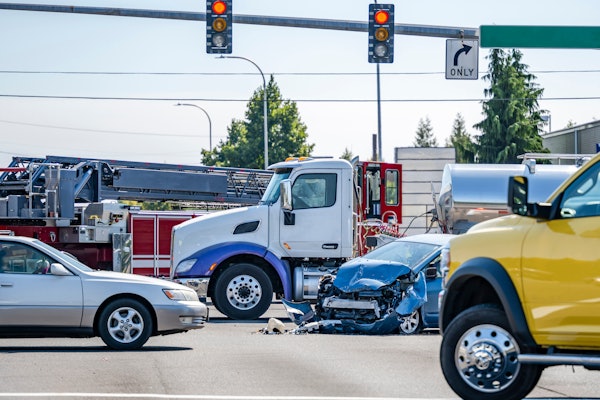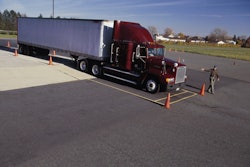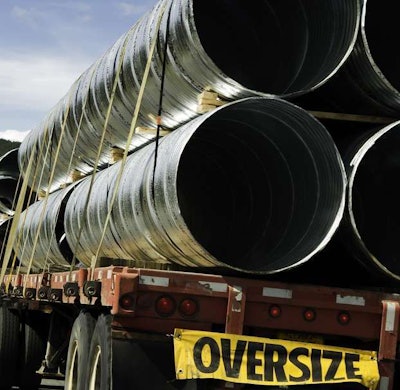
The Federal Highway Administration agreed it should conduct the research advocated in the nonpartisan agency’s Feb. 26 report. The FHWA develops federal regulations for commercial vehicle size and weight requirements and oversees state enforcement of those regulations.
Previously, a National Transportation Safety Board investigation reported that differences in state truck permitting practices could be a concern. The GAO found states did not always agree on the benefits of the various permitting practices and some said further information was needed.
Public concern over oversize vehicles heightened in 2013 after an oversize combination vehicle crashed into Washington’s Interstate 5 Skagit River Bridge. Congress asked the GAO to review DOT regulation and oversight of oversize vehicles and how states regulate oversize vehicles.
Currently the FHWA is researching the potential effect of changes to truck size and weight limits. It also is updating pilot car escort training and a best practices guide on escort vehicle operations.
The NTSB concluded that the 2013 Washington bridge crash was caused by an oversize combination vehicle’s failure to travel in a lane with adequate overhead clearance. This failure resulted from shortcomings in the interdependent system of safeguards for oversize load movements.
The board identified these deficiencies as:
- Insufficient route planning by carrier and driver.
- The pilot/escort vehicle driver not performing required duties and communicated potential hazards.
- Inadequate evaluation of oversize load permit requests.
- No provision of low-clearance warning signs in advance of the bridge by the Washington’s DOT.
